Would you like to know the difference between a closed and open deck engine block? Well, we have researched this topic and have answers for you. Knowing the differences between closed and open deck engine blocks is vital to know which is best for you.
There are a few critical differences between closed and open deck engine blocks. Closed deck engine blocks are more robust, allowing them to hold higher compression. Open deck engine blocks cool faster and are less expensive.
In this article, we will learn the difference between closed and open deck engine blocks. We will also learn the answers to other interesting related questions, such as what's a semi-open deck, and can you drive a closed deck engine daily? Keep reading to learn more.
Closed Deck Vs. Open Deck: What's The Difference?
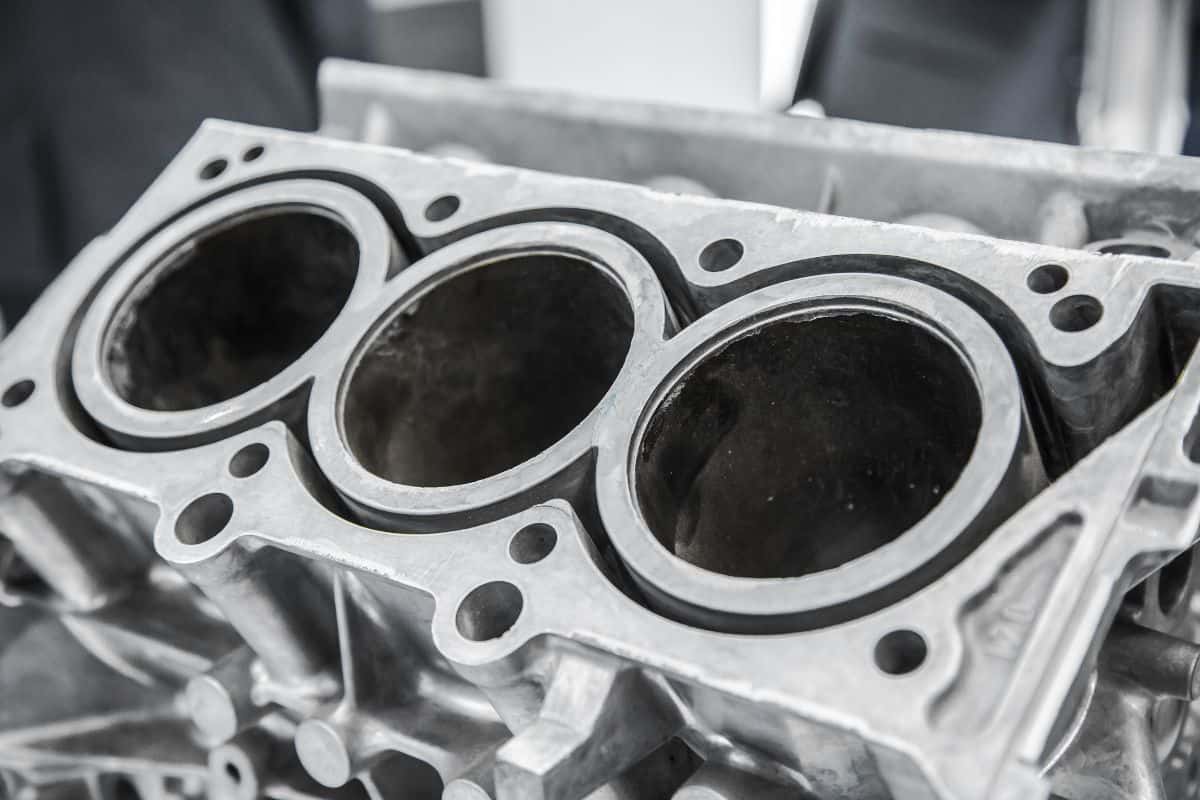
The difference between closed and open deck engine blocks is how much space is around the cylinders. Open space around each cylinder on an open deck engine block allows coolant to cool the engine. A closed deck engine block has most of the coolant channels filled in.
While filling in the coolant channels on a closed deck engine block does reduce cooling efficiency, it does provide increased cylinder strength. A closed deck engine block can support far higher engine compression allowing them to be used on high-performance vehicles.
Closed deck engine blocks require pieces milled to fill in their decks. These additional parts will make a closed deck engine block cost more than an open deck. Open deck engine blocks don't require extra parts, so they can be made quicker and cheaper.
You will often find most vehicles come stock with an open deck. Some vehicles with high-performance engines come stock with closed-deck engine blocks, but usually, this isn't the case.
What's A Semi-Open Deck?
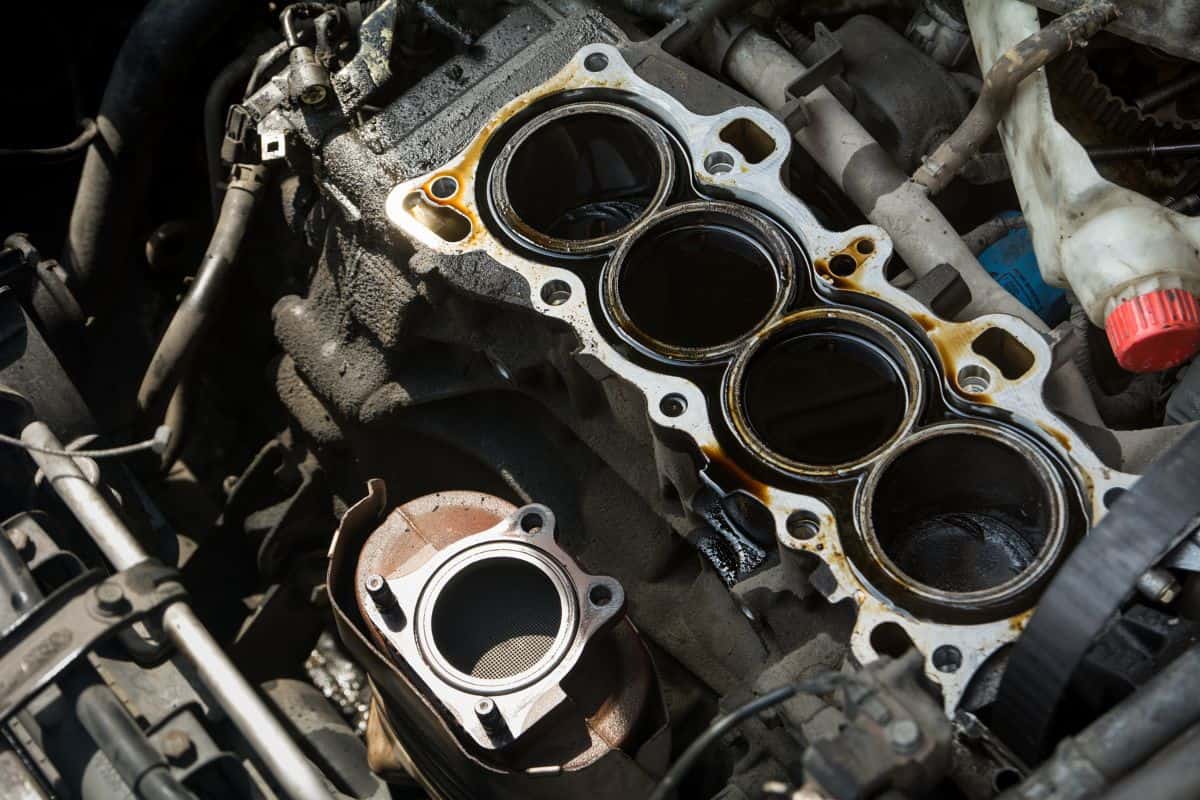
There is a cross between closed and open deck engine blocks known as semi-open, which attempts to be a middle ground between the two. A semi-open deck has more open space than a closed deck while still having increased support for its cylinders.
The increased support of a semi-open deck allows you to utilize high-compression engines allowing for more excellent performance. The one drawback is decreased heat efficiency. With each cylinder having less exposure to coolant, the engine will heat up faster.
The engine heating faster isn't a death sentence for your vehicle, but it will require you to keep a closer eye on it. If you find your engine is overheating, turn off the engine for a few minutes to allow it to cool down.
The increased average temperatures will also slightly decrease the engine's lifespan. The engine's lifespan is shortened due to the increased heat warping the cylinders over time. Ensuring your oil levels are always high can help to prolong your engine.
Can You Drive A Closed Deck Engine Daily?
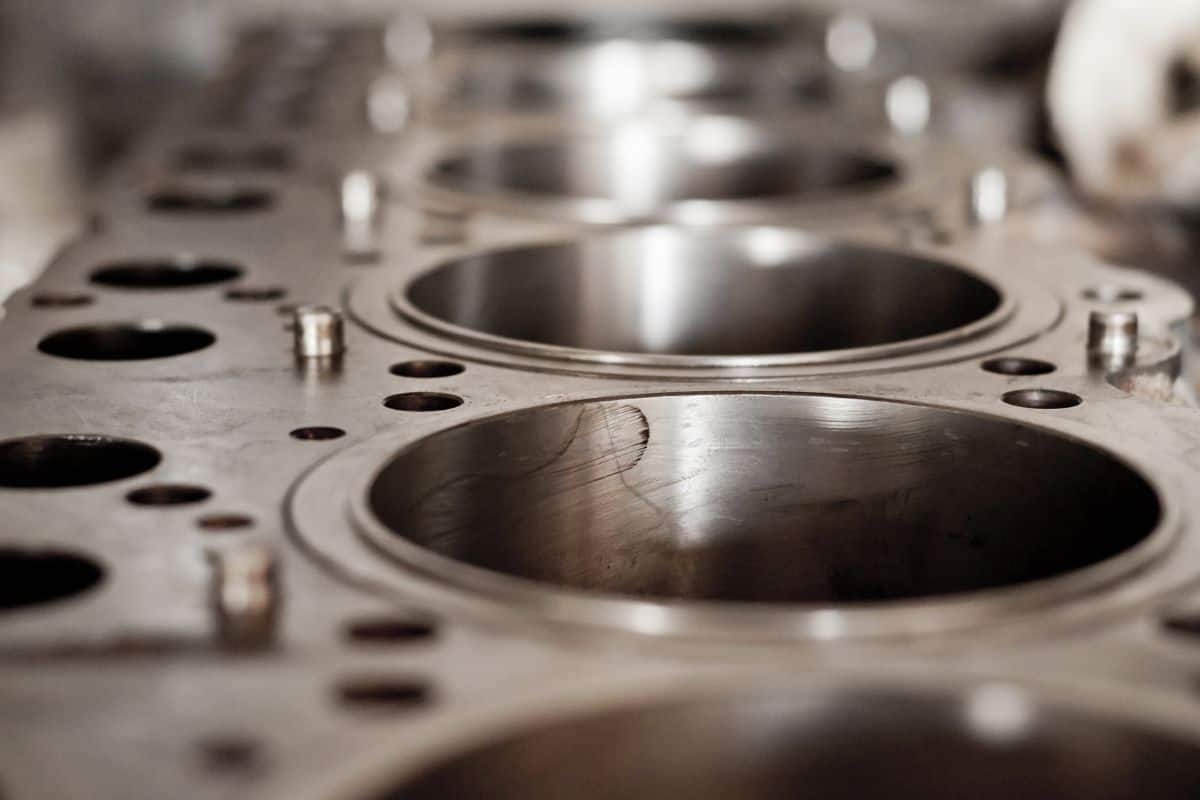
Since a closed deck engine block can't vent heat as quickly, many worry that driving one daily isn't a good idea, but this isn't true. While a closed deck engine will heat faster, it won't damage the cylinders if it's only overheating a little. As long as you are keeping an eye on your engine's temperature, you'll be fine.
The amount you use your vehicle will play a factor in its longevity. If you drive a closed deck engine every day, it won't last as long as driving it twice a week. As long as you aren't driving to excess, then the extra driving will be the only cause of wear and not overheating.
A closed deck engine won't last as long if you don't keep the oil filled. Since the closed deck takes longer to cool off, it can be more susceptible to overheating due to low oil. If you are new to having a vehicle and often forget to check the oil level, a closed deck engine block may not suit you.
One thing that can help is synthetic oil which can be used twice as much as conventional oil without breaking down. If you use, have a closed deck engine and use synthetic oil, your engine will be more resistant to overheating due to low oil than if you used conventional oil.
If you would like to try synthetic oil to aid in cooling a closed deck engine, here are two of the best available on Amazon.
Pennzoil Full Synthetic
You can find this product here on Amazon.
Castrol Full Synthetic
You can find this product here on Amazon.
Can An Open Deck Be Converted To A Closed Deck?
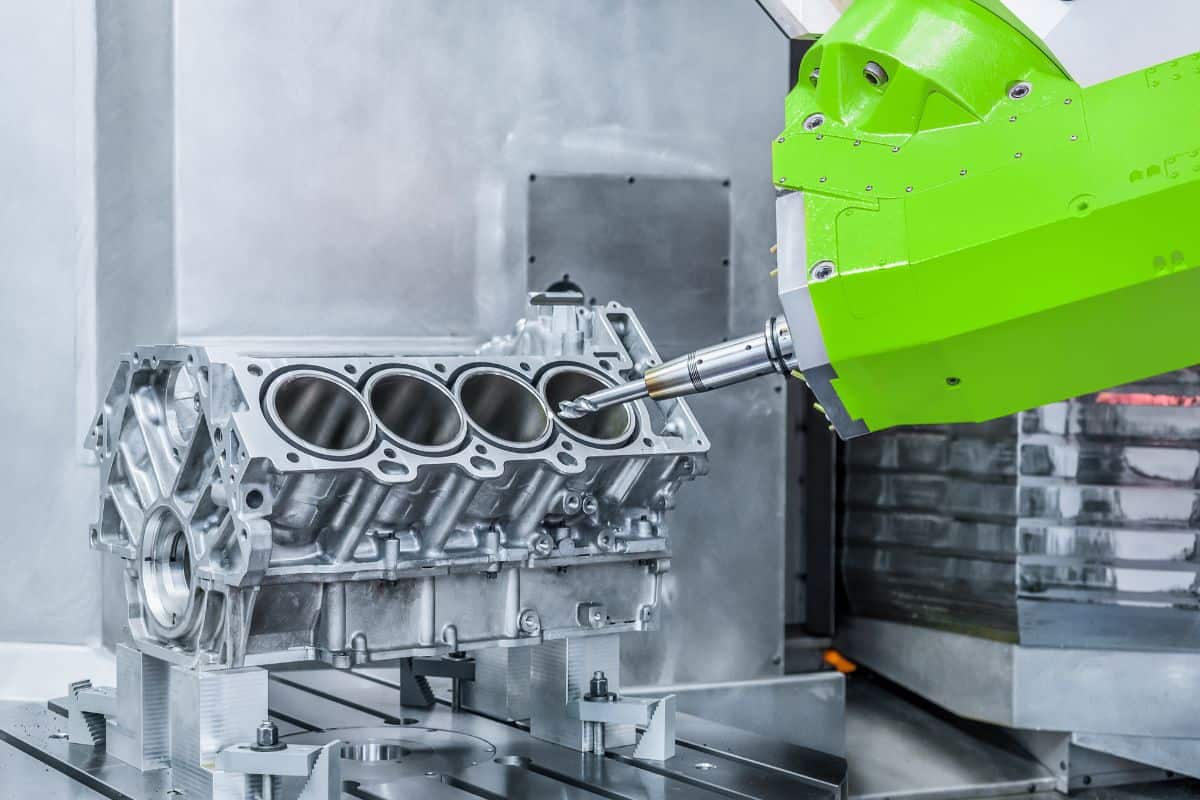
An open deck engine can be converted into a closed deck. The process has many steps and requires that the engine block is in good condition.
It's also essential that the engine is cleaned adequately before any milling is performed or filler is used. Let's learn how to convert an open deck into a closed deck engine block.
How Do You Convert An Open Deck Into A Closed Deck?
To convert an open deck into a closed deck, you will need the engine block as clean as possible to ensure a smooth conversion. To clean the engine block, you will need to remove it from the vehicle, so let's start there.
Removing The Engine Block
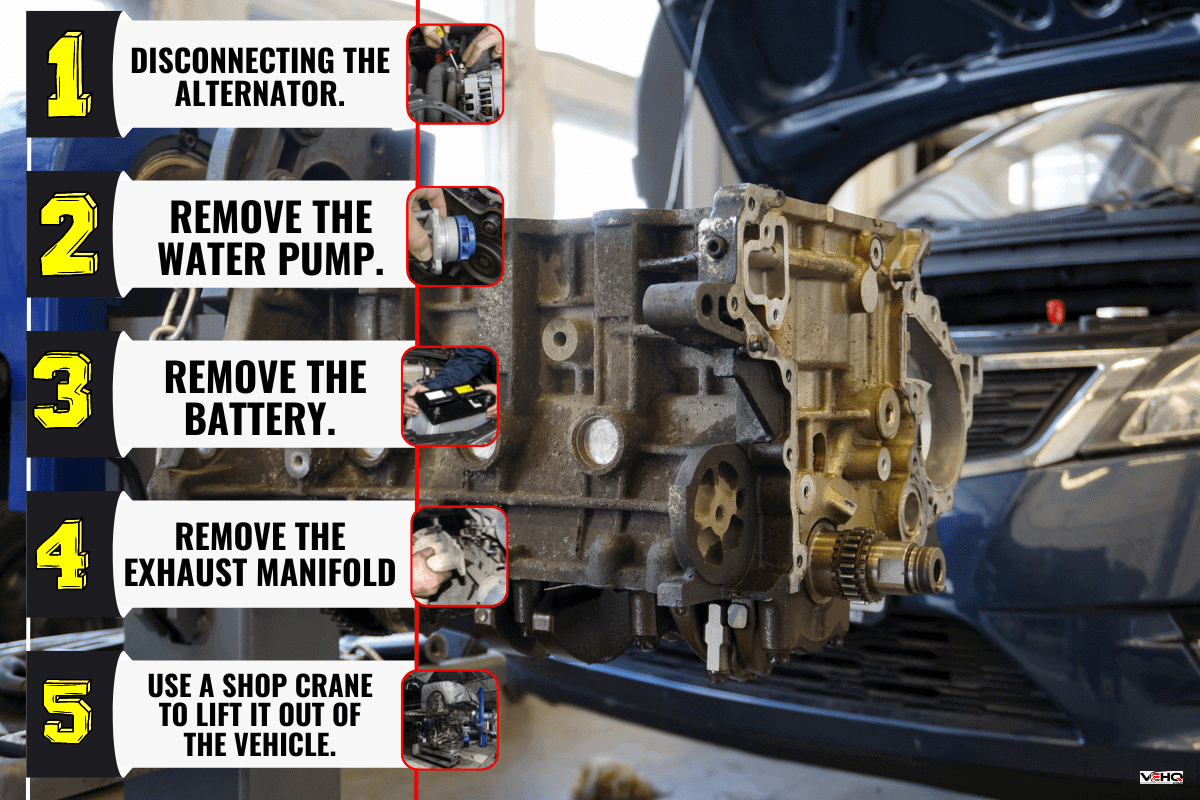
The first step to removing an engine block from a vehicle is disconnecting everything. You can start by disconnecting the alternator. The alternator can be removed by unscrewing two bolts.
Once the alternator is out of the way, you can remove the water pump. The water pump can be removed by unscrewing two to four bold, depending on your vehicle.
Next, please remove the battery and its connectors to your engine block. Once these parts are out, you can begin disconnecting the many hoses attached to the engine. Once you've disconnected the hoses, you can remove the air intake.
Remove the exhaust manifold by removing several bolts holding it to the frame. With the exhaust manifold out of the way, you can remove the power steering pump. Now that all these parts are removed unbolt any remaining bolts holding the engine block to your vehicle's frame.
Once the engine is entirely disconnected, use a shop crane to lift it out of the vehicle so it can be worked on. It's essential that the shop crane you use is fully rated to handle the engine's weight to ensure your safety.
If you want to try a shop crane that will keep you safe lifting an engine, here are two of the best available on Amazon.
Vevor Folding Crane
You can find this product here on Amazon.
Honhill Shop Crane
You can find this product here on Amazon.
Removing Cylinder Head
Using a socket wrench, remove the bolts holding the cylinder head to the engine. It can help to attach a metal bar to the end of the socket wrench to improve your leverage.
Next, lift off the cylinder head to expose the engine block. The cylinder head can be heavy and may require an assistant to lift it off.
Once the cylinder head is removed, cleaning the block before adding metal plugs or filling is essential.
Cleaning
Using a toothbrush, rags, and a degreaser, clean every part of the block so that no oil remains. If you want to try a highly effective degreaser, here are two of the best available on Amazon.
It's also essential all metal shavings are cleaned up. Even a tiny shaving of metal can cause the conversion to be unsuccessful and damage your engine by leaving small gaps between the plugs and the cylinders.
Once the engine block is clean, you can decide between a milled metal plug or a filling. Let's learn about both options.
Milling
For milled metal plugs, perfectly shaped ones are inserted into your engine block. These plugs then have coolant channels bored to help with cooling. Milled plugs make for the highest quality engine conversions but can be more expensive.
Filling
Another option is to use an engine block filling. Several products can be poured into your engine block and hardened to convert it to a closed deck. Some racecar drivers even used to pour cement to increase cylinder strength.
While the fillers are cheaper than milled engine parts, they don't last as long.
Reinstalling
Once the conversion of the engine is complete, it's ready to be reassembled and installed in your vehicle. If there is any part of reinstallation that you are unsure of, look it up online to ensure you're doing it in the correct order.
Different makes of vehicles will require slightly different steps to pull off the conversion entirely. Once it's finished, you can use your reinforced cylinders to push your engine to new limits.
Final Thoughts
This article discussed how closed-deck engine blocks are more robust and open-deck engine blocks cool faster. We also learned about semi-open deck engine blocks that are a hybrid of both designs.
Remember, while you can convert an open deck to a closed deck, it will require a complete disassembling of your engine.
We hope you enjoyed this article. If you want to learn more, check out some of these other articles.




